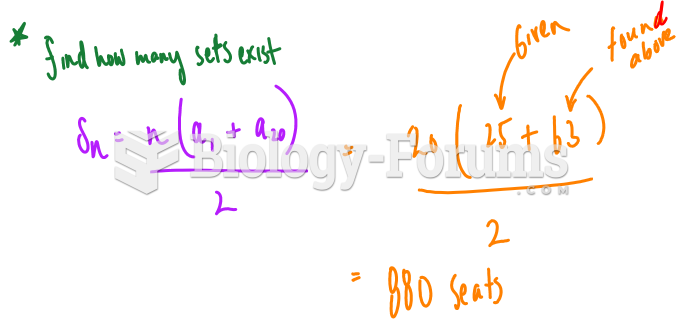Answer to Question 1Patient preference: Once again, find out from B.T. and his wife what they would like to work on.
Obesity: Do not assume that anyone is cooking these daysmore and more people are eating food from drive-through windows. If patients eat out a lot, refer them to a website such as
www.calorieking.com for an education on restaurant food, portion sizes, and calories, or give them a pamphlet from the American Heart Association on risk of obesity and cardiac disease, and then refer them to medical nutrition therapy (MNT). Inform them that eating low-fat meals does not mean that they have to give up tasty foods. If B.T.'s wife does the cooking, give her a few lowfat recipes that taste good, and encourage her to swap recipes with other people in cardiac
rehabilitation. Focus your teaching around a low-fat diet to decrease obesity and hyperlipidemia
risks. There are many excellent books and magazines available on tasty, low-fat healthy eating.
Stress: Find out what helps B.T. relax. Help him analyze whether his current techniques are
healthy. For example, drinking a lot of beer is not a healthy technique. If necessary, teach positive relaxation techniques that he can use when he is on the road.
Answer to Question 2The most important problem is the one B.T. and his wife are willing to work on, the one they identify
as most important. This helps cement their commitment to behavioral change. For example, they
decide he needs to exercise. Inform him that cardiac rehabilitation will help him become more
active and do it safelyhe might even enjoy it You may help him change his outlook because this is
something he thinks is important. Praise his wife for being supportive in helping both of them live a
healthier lifestyle.







